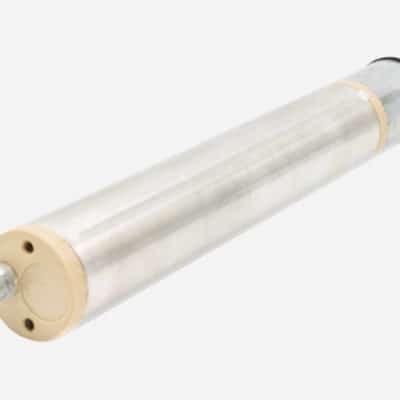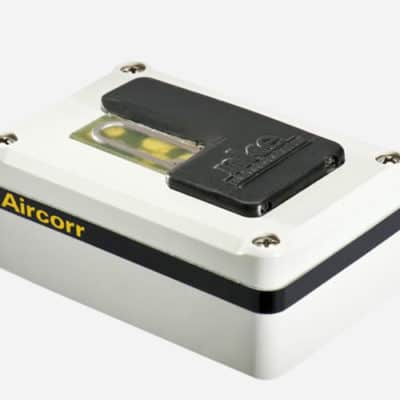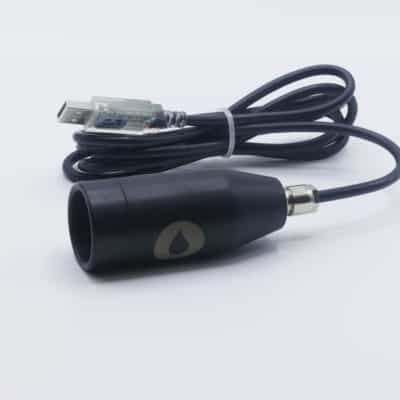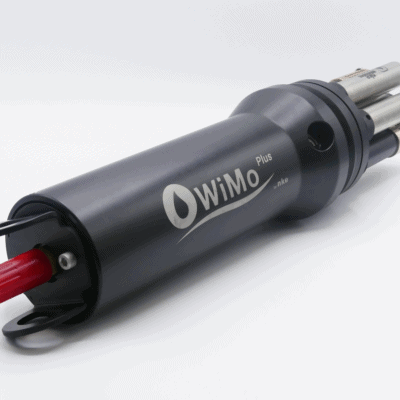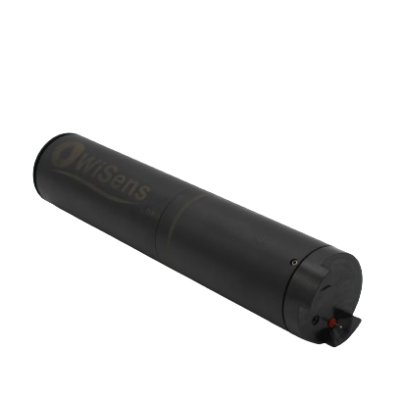SPCT: Corrosion
SPCT allows the in situ recording of temperature and corrosion potential between a test point (made of an immersed metallic structure) and a measuring electrode in zinc.
![]() The SPCT is intended for the control of the cathodic protection of fixed or mobile immersed structures, or inaccessible in service: capacities, circuits, pumps, filters, etc.
The SPCT is intended for the control of the cathodic protection of fixed or mobile immersed structures, or inaccessible in service: capacities, circuits, pumps, filters, etc.
![]() It is also intended for the identification of the origin of the corrosion of complex systems (galvanic coupling, leakage current, wandering current, etc.)
It is also intended for the identification of the origin of the corrosion of complex systems (galvanic coupling, leakage current, wandering current, etc.)
![]() The SPCT also allows the recording of the temperature of the medium.
The SPCT also allows the recording of the temperature of the medium.


